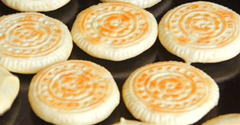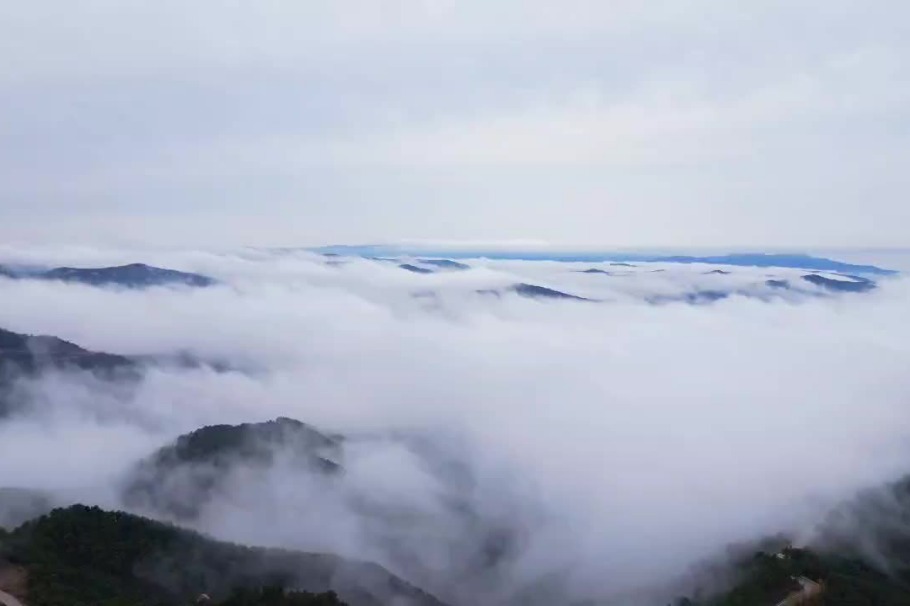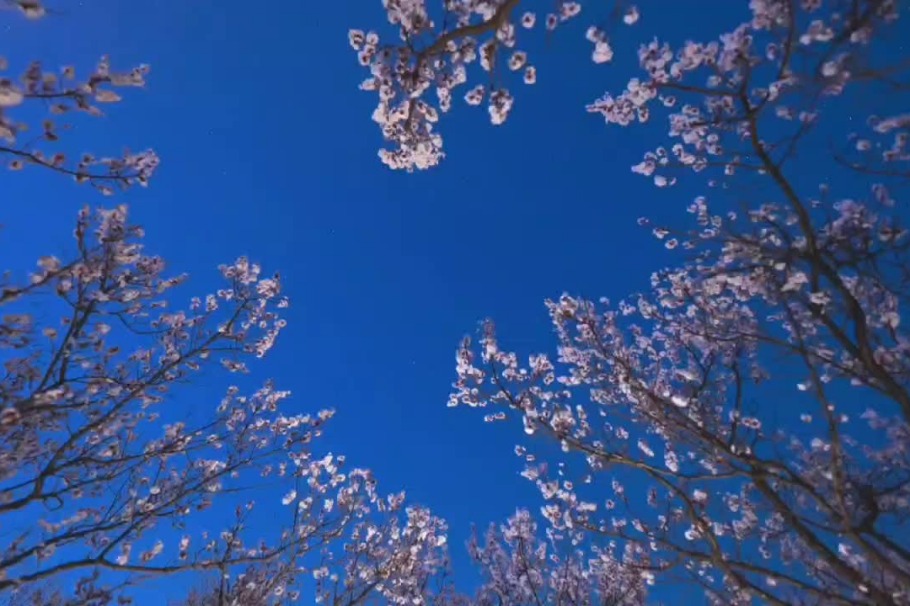News
Old Shanxi architecture
Updated:2015-03-10 17:05By Fang Sha ( chinadaily.com.cn)
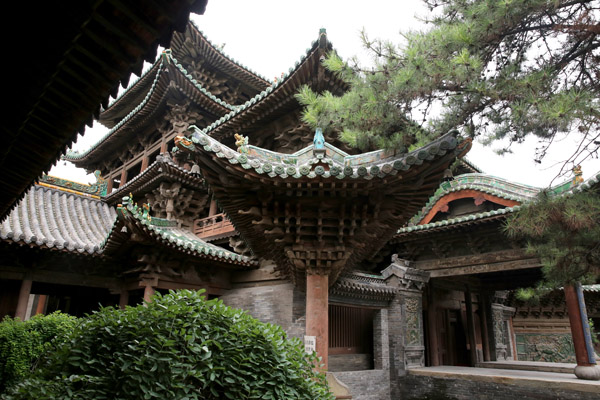 |
|
Old City God Temple, near the city of Jinzhong, on Aug 8, 2014 [Photo by Jiang Dong/asianewsphoto.com] |
If travelers thought of Shanxi province in the past, most likely what came to mind was Mount Wutai near the city of Xinzhou, or the Yungang Grottoes near Datong, or its Fenjiu Wine and mature vinegar, but now, with tourism booming and information travelling faster, they may know more about its special history and culture.
|
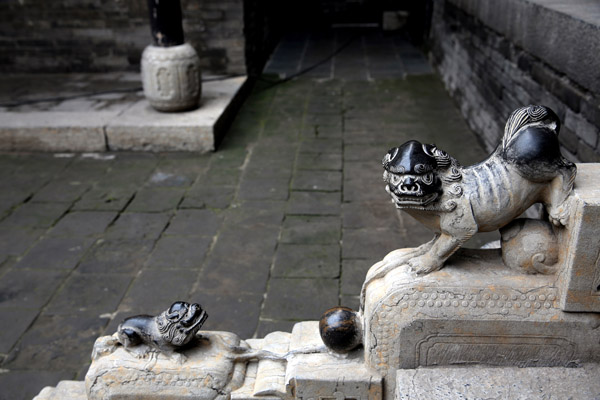 |
|
Stone carvings in the Wang Family compound, Jinzhong, on Aug 10, 2014 [Photo by Jiang Dong/asianewsphoto.com] |
And, if there is a boom, perhaps some of the credit should go to the writer Yu Qiuyu, or movie director Zhang Yimou. About 10 years ago, Yu wrote a prose "Baokui Shanxi" because he felt guilty about knowing so little about Shanxi culture, and wanted to describe the once-flourishing Jin (another character for Shanxi) Merchant culture of the Ming (1368-1644) and Qing (1636-1912) dynasties, and to make its 100-year history more known to the public.
|
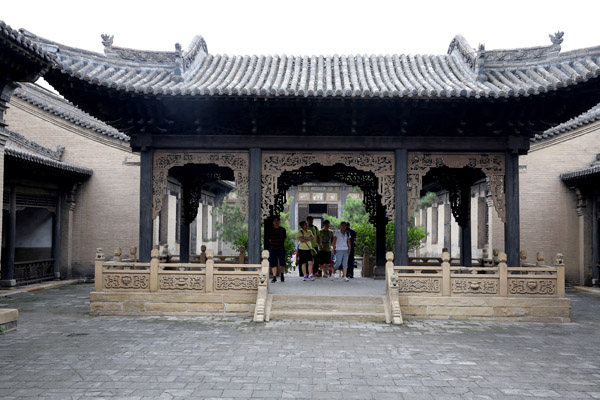 |
|
Chang Family estate, Jinzhong, also called the folk "Forbidden City", on Aug 8, 2014. [Photo by Jiang Dong/asianewsphoto.com] |
And Zhang, with his movie "Raise the Red Lantern", which came out in 1991, used an old Shanxi compound of rooms and courtyards that had lain silent for a hundred years to expose this symbol of Shanxi's former wealth to the world. Since that time, some of Shanxi's historical sites, such as Pingyao, Taigu and Qi counties have taken on new life as hot tourist spots for people from China and abroad.
|
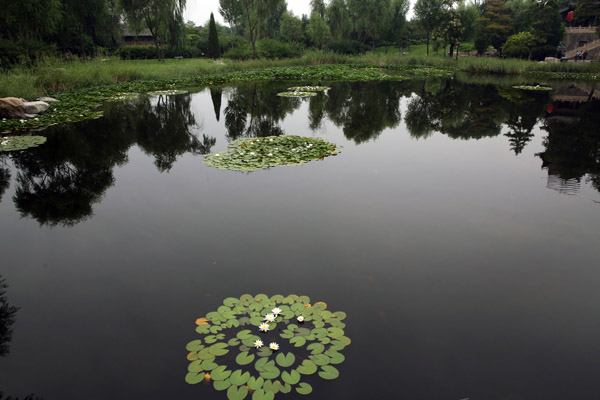 |
|
Classical gardens on the Chang Family estate, Jinzhong, on Aug 8, 2014. [Photo by Jiang Dong/asianewsphoto.com] |
The tourist sites also include China's earliest banks or financial institutions and, over on its borders, about 1,300 sites of Ming and Qing style residences, the most classic of which are mansions of elite Shanxi merchants near the city of Jinzhong.
Edited by Roger Bradshaw

